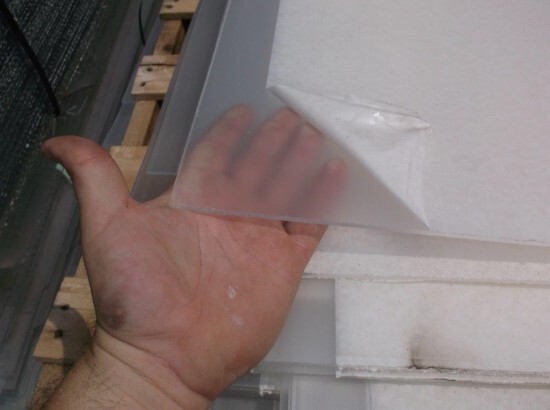Acrylic Plastic Recycling: Challenges, Processes, and Applications - IVORY PHAR
Acrylic, or polymethyl methacrylate (PMMA), is a transparent, lightweight, and durable plastic widely used across industries such as construction, automotive, medical, and advertising. While it shares properties with glass, pmma acrylic scrap is more shatter-resistant and versatile. However, its non-biodegradable nature and the complexities of recycling have raised environmental concerns. Recent advancements in recycling technologies are changing this narrative, making acrylic recycling more efficient and sustainable. This article explores the challenges, processes, and applications of recycled acrylic, highlighting its environmental and industrial benefits. Challenges in Acrylic Recycling Acrylic has traditionally been considered difficult to recycle due to its unique polymer structure and chemical properties. Issues such as stress cracking, crazing, and degradation during reprocessing make recycling less straightforward than with other plastics. Additionally, acrylic is non-biodegradable and can persist in the environment for decades if improperly disposed of. Its flammability further complicates recycling and disposal processes. Despite these challenges, innovations in recycling methods have opened new avenues for processing acrylic scrap efficiently, reducing environmental impact, and enabling reuse. Recycling Processes for Acrylic Scrap Mechanical Recycling: Acrylic products are collected, cleaned, and shredded into small pieces for reprocessing. While straightforward, this method risks degrading the material’s clarity and strength over multiple recycling cycles, limiting its long-term usability. Chemical Recycling: Chemical methods, such as depolymerization, break down acrylic into its monomers, particularly methyl methacrylate (MMA). This process allows for nearly pure MMA to be repolymerized into high-quality acrylic products, preserving original properties. Emerging techniques aim to eliminate the environmental hazards of traditional methods, such as the use of lead. Pyrolysis: In this process, acrylic is heated in an oxygen-free environment, breaking it into simpler molecules for reuse in plastics or as an energy source. Pyrolysis offers a promising way to recycle acrylic at the molecular level. Solvent-Based Recycling: This emerging technique dissolves acrylic in specific solvents, preserving its quality and transparency. While still in development, solvent recycling holds potential as a sustainable alternative. Applications of Recycled Acrylic Construction and Architecture: Recycled acrylic is used in soundproof windows, doors, and walls. Its lightweight and durable properties make it ideal for residential and commercial projects. Medical Devices: Recycled acrylic is used for incubators, surgical instruments, and other precision applications. Its clarity and durability enhance visibility and reliability in medical settings. Lighting and Advertising: The lighting industry utilizes recycled acrylic for fixtures like chandeliers, streetlights, and fluorescent lamps. Similarly, advertising sectors use it for signs, displays, and lightboxes, benefiting from its clarity and robustness. Transportation: Recycled acrylic finds applications in vehicle windows, instrument panels, and doors, offering durability and transparency while reducing the environmental footprint. Public Goods and Handicrafts: From sanitary facilities to cosmetic containers and decorative items, recycled acrylic is valued for its versatility and ease of customization. The Future of Acrylic Recycling: Advancements in recycling technologies, such as eco-friendly depolymerization and solvent-based methods, are paving the way for sustainable acrylic waste management. As awareness of environmental responsibility grows, industries are increasingly adopting recycled acrylic to reduce reliance on virgin plastics. Recycling acrylic conserves natural resources, reduces landfill waste, and mitigates plastic pollution, making it a cornerstone of global sustainability efforts. Conclusion: Acrylic recycling is becoming more viable and sustainable due to innovations in mechanical, chemical, pyrolysis, and solvent-based methods. By repurposing acrylic waste into high-quality products, industries can reduce environmental impact and conserve resources. As technology progresses, the adoption of recycled acrylic will play a crucial role in creating a more sustainable future. Are you a recycler or trader looking for PMMA Acrylic scrap supplier ? then you are welcome to our esteemed company. Mail: sales@ivorypharinc.com Website: https://ivorypharinc.com




